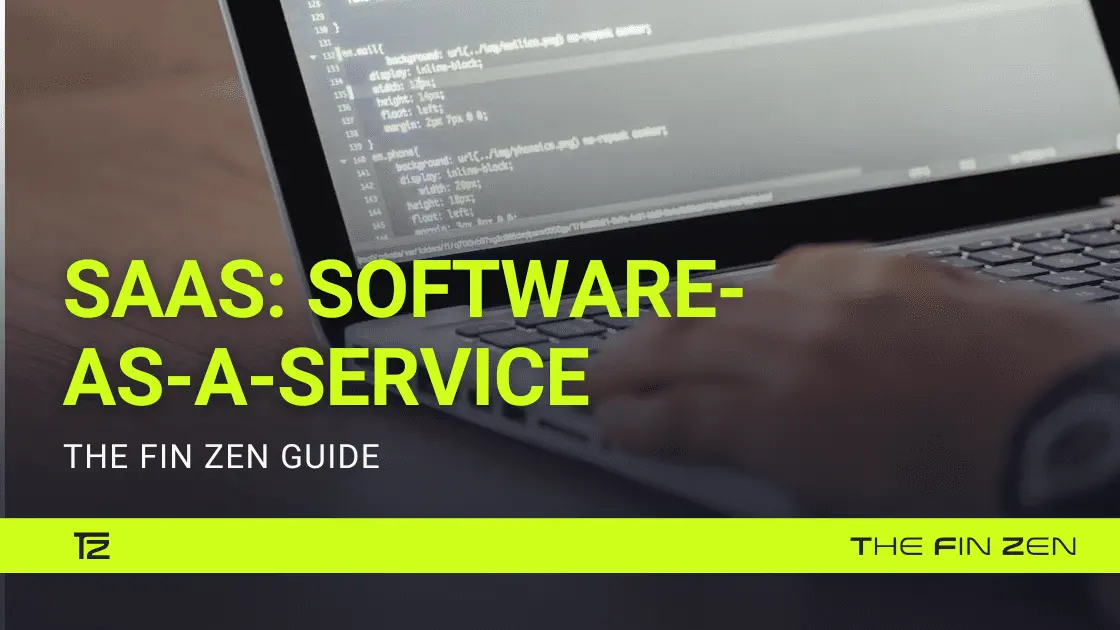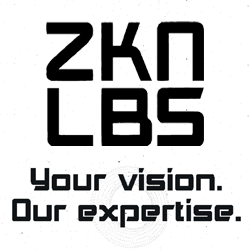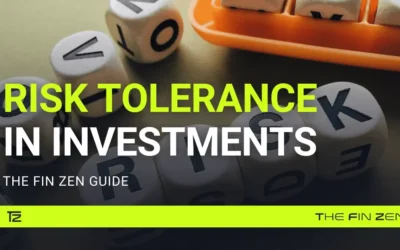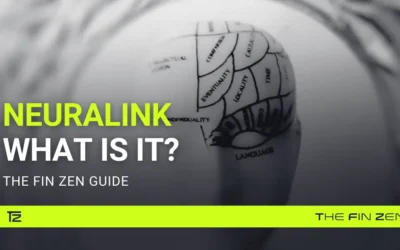Hello, tech enthusiasts! You are reading The Fin Zen, and if you landed on this article, you are interested in discovering more about SaaS (Software-as-a-Service) businesses. What are they, and what do they do specifically? Let’s introduce why these kinds of companies have developed in the last few years…In the dynamic landscape of modern business, the quest for innovation and efficiency has led to the need for revolutionary technologies that can redefine traditional paradigms. SaaS is one of these transformative innovations since it represents a real game-changer in reshaping how organizations access and leverage software applications to drive growth.
SaaS is a more flexible and cost-effective alternative to traditional on-premises solutions (which are based on the provision of software programs installed and managed through local computers). While on-premises solutions require extensive infrastructure, upfront investment, and complex installations, SaaS leverages the power of cloud computing to deliver applications as a service over the Internet. This characteristic has democratized access to cutting-edge software solutions, empowering even small businesses to harness the full potential of technology without costly infrastructure or technical expertise.
Now, let’s dive deeper into the matter and start knowing more about SaaS and how it works!
Let’s Give A Definition of Saas: Software-as-a-Service
Software-as-a-Service, commonly called SaaS, is a cloud-based software delivery model where applications are hosted and managed by a third-party provider, and the user can access it over the Internet. What is the difference with other traditional software deployment methods? SaaS involves the installation of applications on individual devices, eliminating the need for complex installations and allowing users to access software applications via a web browser or a dedicated client interface. So, SaaS enables businesses to subscribe to software applications on a pay-as-you-go basis, eliminating the need for upfront investment in hardware, software licenses, and maintenance. Can you see the convenience of this model? It offers unparalleled flexibility, scalability, and cost-effectiveness, making it an attractive choice for organizations of all sizes across various industries.

How Does SaaS Work?
SaaS works as a centralized model where the software application is hosted on remote servers maintained by the SaaS provider. Users can access the application through a secure internet connection (typically using a web browser), and the provider is responsible for managing all aspects of software deployment. One of the key advantages of the SaaS model is its multi-tenancy architecture. What does it mean? It is one of the main characteristics of SaaS applications, which allows multiple users or organizations to access the same instance of the software application while maintaining data security. This also results in lower user costs and seamless scalability that makes business growth more manageable.
To better understand how SaaS works, we will now explain some of the main characteristics a SaaS application should have. Let’s begin with multi-tenancy, which we have just quoted, and then continue with the others.
Multi Tenancy
Multi-tenancy is a specific model where a single software application deployment serves multiple customers. In this structure, each customer is called a tenant and may be able to customize some parts of the application, deciding to have different databases or the same database and apply discriminators to it.
Automated Provisioning
To make it easy for people to use Software-as-a-Service applications, giving them access should happen automatically. Companies can create accounts for their employees or customers using special web services that set everything up for them. Then, when users stop using a SaaS application, it is crucial to remove their access by using special tools that delete the users’ accounts and access to the application.
Data Security
In today’s digital world, it’s increasingly crucial to ensure that users’ data and business information are safe from damage or other people. So, when using a Software as a Service application that different users share, it’s essential to know how well the data is protected. Because some types of data need to be stored in a way only the specific user can access it, having a sound system for managing passwords is meaningful and marks the difference between a good and a wrong SaaS application. But there is more!
It would also be helpful if the SaaS application could ensure that only the right people have access to different parts of the data, for example, based on their role or job. This is called “Role Based Access Control,” another way to ensure your data stays safe and secure within the Saas application.

Single Sign On
Big companies need a system where employees can easily log into all the different programs they use for work. As you can imagine, this system should work smoothly with the company’s central login system to avoid cumbersome processes, and having to manage lots of different logins for each program represents an excellent hassle for companies. This is where the Single Sign characteristic of a Software-as-a-Service application becomes crucial: users only have to log in once to access all their programs. For example, suppose a company uses e-mail, project management, and customer service tools. In that case, employees should be able to log in once and access all these programs without having to log in separately, thanks to Single Sign On.
Now, these are the main characteristics that make a Software-as-a-Service application suitable. But what are some examples of SaaS businesses? We are sure you know them, probably without knowing they are SaaS companies. Keep reading to discover them!
3 Examples Of Top Software-as-a-Service Businesses
Salesforce
Salesforce is a global leader in customer relationship management (CRM) software and cloud computing solutions: it was founded in 1999 by Marc Benioff, Parker Harris, Dave Moellenhoff, and Frank Dominguez, and it pioneered the concept of delivering enterprise software via a web-based model! The company’s flagship product, Salesforce Customer 360, offers a comprehensive suite of CRM applications designed to help businesses manage customer interactions, streamline sales processes, and drive revenue growth. In particular, Salesforce has revolutionized how companies engage with customers, offering a cloud-based platform that facilitates collaboration, innovation, and agility.
Microsoft Office 365
Microsoft, a technology giant founded by Bill Gates and Paul Allen in 1975, has emerged as a leading player in the SaaS industry with its Office 365 suite of cloud-based productivity tools and services. You may have noticed that Microsoft 365 offers a comprehensive range of applications, such as Word, Excel, PowerPoint, Outlook, and Teams, that you can easily access via the cloud. In this way, Microsoft 365 enables businesses to enhance productivity, foster collaboration, and streamline workflows by providing a unified platform for communication, collaboration, and document management!
Slack
Slack is a more recent cloud-based messaging and collaboration platform. It was founded by Stewart Butterfield, Eric Costello, Cal Henderson, and Serguei Mourachov in 2013, and it was designed to simplify communication and streamline collaboration within teams and organizations. In the last few years, Slack has quickly become one of the most popular SaaS applications for workplace communication. Its user-friendly interface, robust features, and extensive integrations make it a preferred choice for teams and organizations looking to improve productivity.

Software-as-a-Service Is What Makes A Business Agile
We saw how Software-as-a-Service emerged as a transformative force that revolutionized how businesses access and use software applications. What have we learned? Indeed, SaaS offers a flexible, cost-effective, and scalable alternative to traditional software deployment models, allowing organizations to enhance productivity, streamline operations, and drive innovation. It helps businesses adapt to rapidly changing market dynamics and evolving customer demands, and, most of all, it eliminates the need for extensive IT resources and allows them to scale operations seamlessly.
Not to mention the culture of innovation and collaboration that SaaS contributes to share: driving continuous improvement and agility within organizations, Software-as-a-Service applications allow businesses to focus on their core competencies and strategic initiatives rather than getting bogged down by the complexities of software management! With its ability to deliver unparalleled value and agility, it is easy to imagine that SaaS will shape the future of software delivery and continue to define the modern business landscape.
If you liked the article, please return to The Fin Zen for other interesting trends in the finance and business world: we’ll continue offering you valuable content and trustworthy news; be sure of it!












